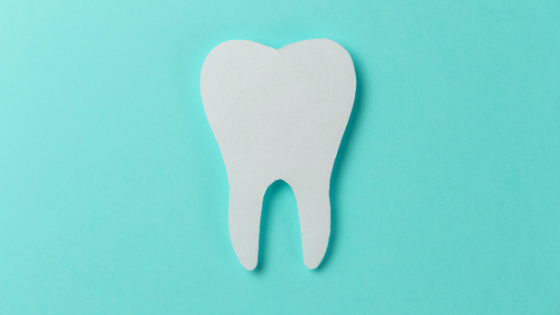Dental Technology of Today
About Dental Technology of Today
In today’s world, technology ensures the world works efficiently. At Digital Doc, we believe that diagnosing patients at your practice should be easy. That’s why we’ve designed the best dental technology products on the market. Our high-quality devices are minimally-invasive, fast, and effective. Investing in your practice using Digital Doc technology will ensure that patients receive the best treatment possible. Below, we explore some of the best dental technology of today that is used for diagnosing, restoring, and treating patients.
Handheld X-Ray Device
Digital Dental X-rays are a common diagnostic tool used in dental practices. They are an essential tool that allows you to evaluate your patients’ jaw bone and teeth. They can also be used to diagnose bone mass loss that results from gum disease as well as diagnosis cavities. Many dental practices use XTG digital handheld dental x-ray devices because:
- They use less radiation as compared to traditional x-rays
- They don’t require film and produce the finest picture quality.
- The images captured can be enlarged or enhanced easily.
There are two types of x-rays that are commonly found in dental practices. The first is the extra-oral x-ray. As you may know, this is when x-rays are taken on the outside of the mouth, specifical x-rays of the jaw and the skull. These x-rays are used to observe the growth of jaws in regard to teeth as well as diagnose problems with the TMJ or identify any affected teeth.
On the other hand, intraoral x-rays are taken inside the mouth. Similarly, these are used to examine the tooth roots and the surrounding bone as well as in cavity detection, monitoring teeth development, and checking jawbone overall health. The most common intraoral x-rays include:
- Panoramic x-rays that capture all your teeth in one shot. This type is used to diagnose a jaw problem, plan for implants, or plan for wisdom tooth extraction.
- Occlusal x-rays detect abnormalities in the bottom or top of your mouth.
- Bitewing x-rays check for cavities between teeth.
- Periapical x-rays usually focus on two teeth as a whole, from the roots to their crowns.
Intraoral Cameras
Gone are the days where you have to poke around in your patients’ mouth with a mirror and a headlight. Today, intraoral cameras like the IRIS X80 Liquid Lens Autofocus dental camera take diagnostics and patient education to a whole new level. The IRIS X80 effortlessly captures crystal clear images of your patients’ teeth, gums, and other structures inside their mouths. Our friend Dr. Dave Moghadam, a family dentist in Easton, PA, says that intraoral cameras is truly a game changer for any doctor looking to increase case acceptance.

Transillumination Devices
Transillumination Devices, such as the LuM Sub-Enamel Illumination device, make caries detection very easy. This is because you’re able to see a clear view of tooth structures in a way that isn’t possible with just a dental camera.
The advancements of dental technology, as seen from the few examples above, have resulted in positive changes to the experiences of dental patients while also making the work of dentists and assistants even easier. So, if you, too, would like your practice to enjoy the benefits that the latest dental technology can offer, contact Digital Doc today.

